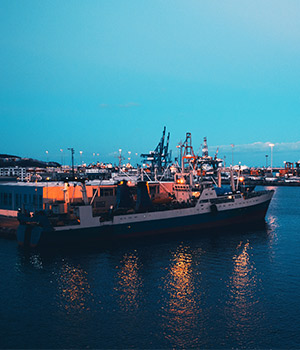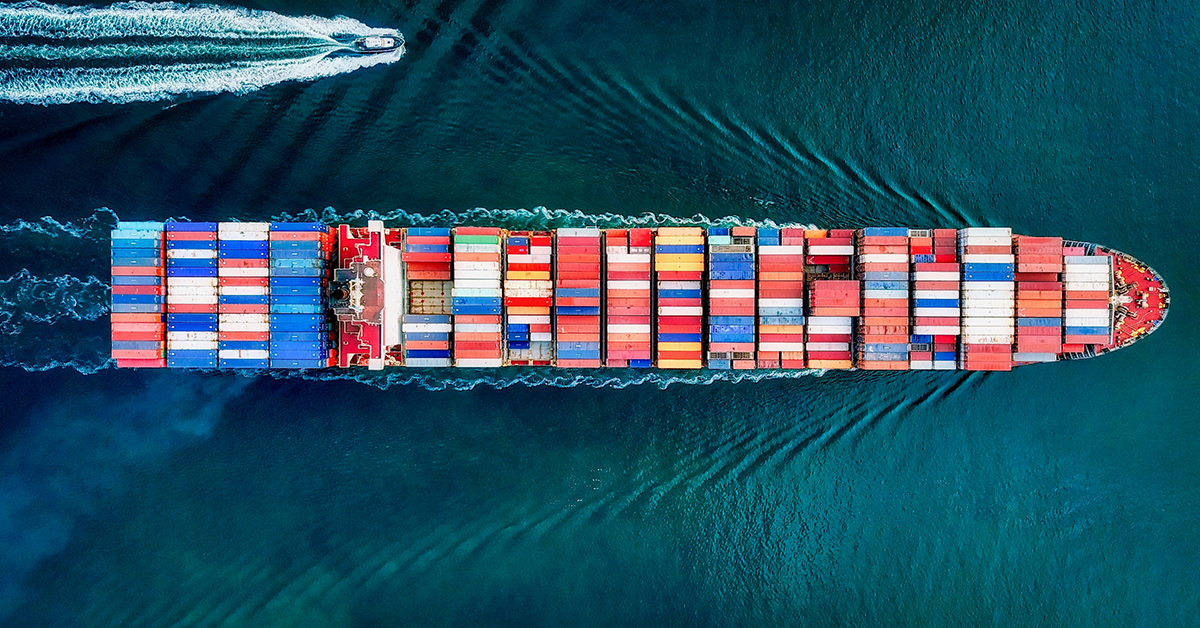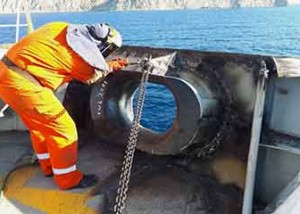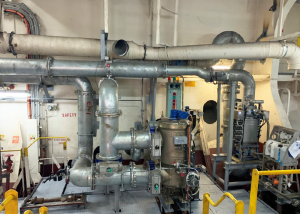Ballast Water Treatment Systems
Shipping is the only sustainable global means of transportation that can support our rampant consumption levels.
As outlined by the International Maritime Organisation (IMO) we must properly manage our ballast water.
With 24/7/365 availability, global reach and local support, we promptly mobilise our teams to be where you need us, when you need us. Coupled with our years of experience in the industry and expansive network of affiliated suppliers we have access to an extensive database of Ballast Water Treatment systems.


Our aim is to facilitate your compliance of the regulation with industry leading high standards while providing a cost-effective and commercially viable service.
Contact us today to get a ballast water management plan started that suits your vessel and its operational profile.
How shipowners can benefit from our BWTS package:
- Feasibility Study inc. 3D Laser Scanning
- BWTS Selection and Supplier Negotiation
- Procurement of Equipment
- Manpower for Installation
- Commissioning of the System
- Training Support of the BWTS
- Ballast Water Sampling and Detailed Analysis
All ships are required to have:
- a ballast water management plan (specific to every vessel and details actions on how to implement the BWM plan)
- a ballast water record book (when ballast water is taken onboard, circulated or treated and when it is discharged into the sea; including, when discharged at a facility, accidentally or any other exceptional discharges).
- an International Ballast Water Management Certificate (ships 400gt and above)
BWM Convention
- D1 standard – “Ships performing Ballast Water exchange shall do so with an efficiency of 95 per cent volumetric exchange of Ballast Water. For ships exchanging ballast water by the pumping-through method, pumping through three times the volume of each ballast water tank shall be considered to meet the standard described. Pumping through less than three times the volume may be accepted provided the ship can demonstrate that at least 95 percent volumetric exchange is met.” IMO official website
- D2 standard – “Ships conducting ballast water management shall discharge less than 10 viable organisms per cubic metre greater than or equal to 50 micrometres in minimum dimension and less than 10 viable organisms per milliliter less than 50 micrometres in minimum dimension and greater than or equal to 10 micrometres in minimum dimension; and discharge of the indicator microbes shall not exceed the specified concentrations.” IMO official website
- Ships built before 8th September 2017 with an IOPPC renewal survey after 8th September 2019 must meet the D2 standard by its next survey.
- All ships must adhere to the D2 standard by 8th September 2024.
- Ballast water exchange should occur at least 200 nautical miles from the nearest land and in a depth of at least 200 metres. If this is not possible, ballast water exchange must occur at minimum 50 nautical miles from nearest land and in a water depth of at least 200 metres.


